1,3-Dinitrobenzene
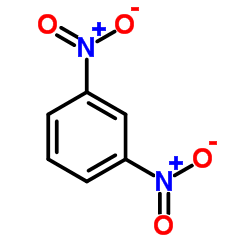
1,3-Dinitrobenzene structure
|
Common Name | 1,3-Dinitrobenzene | ||
|---|---|---|---|---|
| CAS Number | 99-65-0 | Molecular Weight | 168.107 | |
| Density | 1.5±0.1 g/cm3 | Boiling Point | 301.5±0.0 °C at 760 mmHg | |
| Molecular Formula | C6H4N2O4 | Melting Point | 86 °C | |
| MSDS | Chinese USA | Flash Point | 136.9±12.6 °C | |
| Symbol |



GHS06, GHS08, GHS09 |
Signal Word | Danger | |
| Name | 1,3-dinitrobenzene |
|---|---|
| Synonym | More Synonyms |
| Density | 1.5±0.1 g/cm3 |
|---|---|
| Boiling Point | 301.5±0.0 °C at 760 mmHg |
| Melting Point | 86 °C |
| Molecular Formula | C6H4N2O4 |
| Molecular Weight | 168.107 |
| Flash Point | 136.9±12.6 °C |
| Exact Mass | 168.017105 |
| PSA | 91.64000 |
| LogP | 1.62 |
| Vapour Pressure | 0.0±0.6 mmHg at 25°C |
| Index of Refraction | 1.612 |
| Stability | Stable. Incompatible with reducing agents, oxidizing agents, strong bases. May explode if heated. |
| Water Solubility | 500 mg/L (20 ºC) |
CHEMICAL IDENTIFICATION
HEALTH HAZARD DATAACUTE TOXICITY DATA
MUTATION DATA
|
| Symbol |



GHS06, GHS08, GHS09 |
|---|---|
| Signal Word | Danger |
| Hazard Statements | H300 + H310 + H330-H373-H410 |
| Precautionary Statements | P260-P264-P273-P280-P284-P301 + P310 |
| Personal Protective Equipment | Eyeshields;Faceshields;full-face particle respirator type N100 (US);Gloves;respirator cartridge type N100 (US);type P1 (EN143) respirator filter;type P3 (EN 143) respirator cartridges |
| Hazard Codes | T+:Verytoxic;N:Dangerous for the environment; |
| Risk Phrases | R26/27/28;R33;R50/53 |
| Safety Phrases | S28-S36/37-S45-S60-S61-S28A-S27-S16 |
| RIDADR | UN 3443 6.1/PG 2 |
| WGK Germany | 3 |
| RTECS | CZ7350000 |
| Packaging Group | II |
| Hazard Class | 6.1 |
| HS Code | 2904209090 |
| Precursor 10 | |
|---|---|
| DownStream 10 | |
| HS Code | 2904209090 |
|---|---|
| Summary | 2904209090 derivatives containing only nitro or only nitroso groups。Supervision conditions:None。VAT:17.0%。Tax rebate rate:9.0%。MFN tariff:5.5%。General tariff:30.0% |
|
High efficiency, narrow particle size distribution, sub-2 μm based macrocyclic glycopeptide chiral stationary phases in HPLC and SFC.
Anal. Chim. Acta 898 , 128-37, (2015) State of the art chiral chromatography still employs 3-5 μm bonded or immobilized chiral selectors in 10-25 cm columns. With the availability of 1.9 μm narrow particle size distribution (NPSD) silica,... |
|
|
Comparison of xenobiotic metabolizing enzyme activities in ex vivo human skin and reconstructed human skin models from SkinEthic.
Arch. Toxicol. 88(9) , 1681-1694, (2014) Skin function is not limited to a physical barrier. According to its total surface area, it is also considered as an extra-hepatic metabolizing organ. In vitro engineered human skins have been develop... |
|
|
Micellar electrokinetic chromatography of organic and peroxide-based explosives.
Anal. Chim. Acta 876 , 91-7, (2015) CE methods have been developed for the analysis of organic and peroxide-based explosives. These methods have been developed for deployment on portable, in-field instrumentation for rapid screening. Bo... |
| EINECS 202-776-8 |
| Benzene, 1,3-dinitro- |
| m-dinitrobenzene |
| m-DNB |
| 2,5-DIMETHYLTHIOPHENE |
| Benzene,1,3-dinitro |
| Dinitrobenzene, m- |
| Benzene, m-dinitro- |
| Dinitrobenzene |
| meta-dinitrobenzene |
| Benzene,m-dinitro |
| 1,3-Dinitrobenzol |
| 3-dinitrobenzene |
| 2,4-Dinitrobenzene |
| MFCD00007222 |
| 1,3-Dinitrobenzene |
 CAS#:645-00-1
CAS#:645-00-1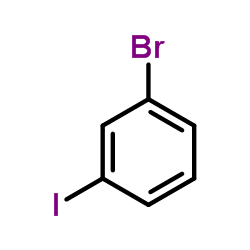 CAS#:591-18-4
CAS#:591-18-4 CAS#:98-95-3
CAS#:98-95-3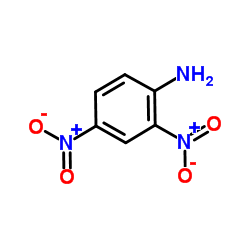 CAS#:97-02-9
CAS#:97-02-9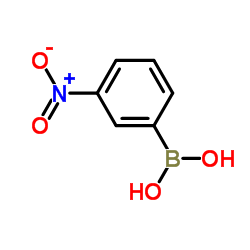 CAS#:13331-27-6
CAS#:13331-27-6 CAS#:709-49-9
CAS#:709-49-9 CAS#:97-00-7
CAS#:97-00-7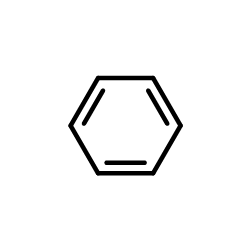 CAS#:71-43-2
CAS#:71-43-2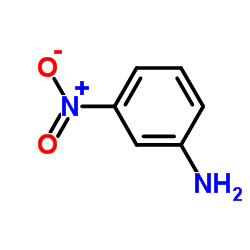 CAS#:99-09-2
CAS#:99-09-2 CAS#:584-48-5
CAS#:584-48-5 CAS#:10549-12-9
CAS#:10549-12-9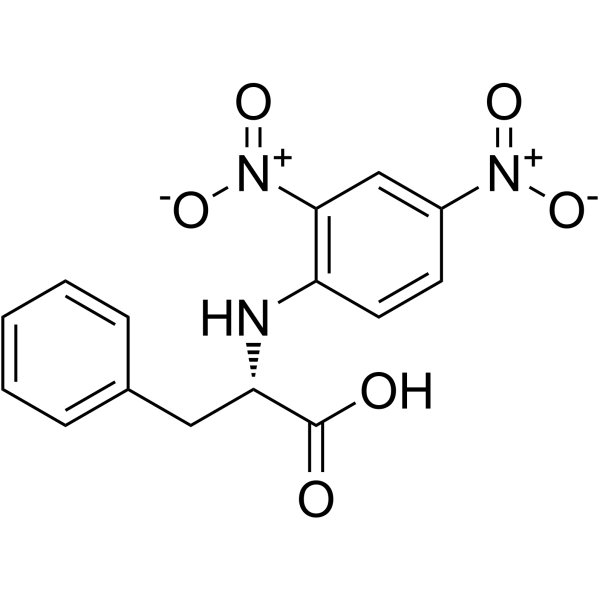 CAS#:1655-54-5
CAS#:1655-54-5![1-nitro-3-[4-[4-(3-nitrophenoxy)phenyl]sulfanylphenoxy]benzene structure](https://image.chemsrc.com/caspic/025/105112-85-4.png) CAS#:105112-85-4
CAS#:105112-85-4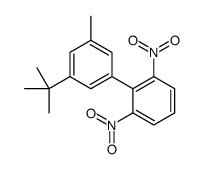 CAS#:111220-32-7
CAS#:111220-32-7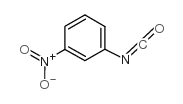 CAS#:3320-87-4
CAS#:3320-87-4 CAS#:123-61-5
CAS#:123-61-5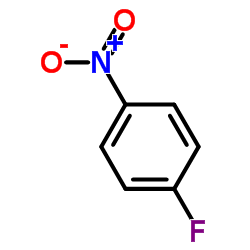 CAS#:350-46-9
CAS#:350-46-9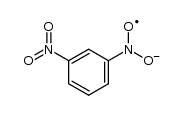 CAS#:34509-56-3
CAS#:34509-56-3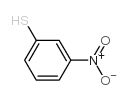 CAS#:3814-18-4
CAS#:3814-18-4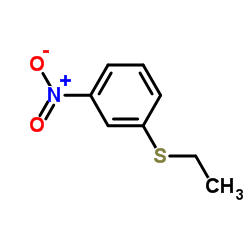 CAS#:34126-43-7
CAS#:34126-43-7